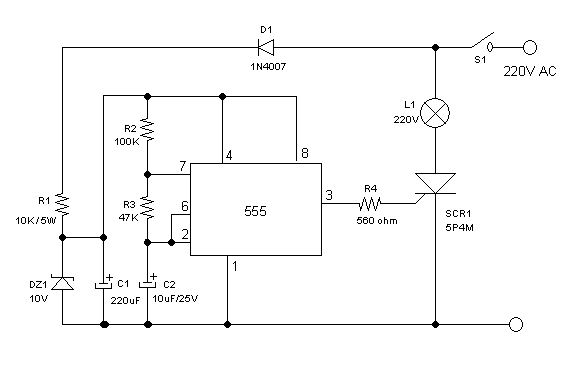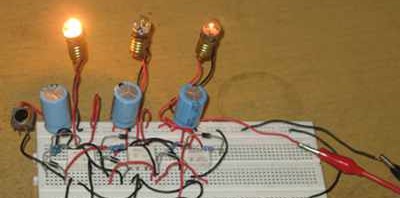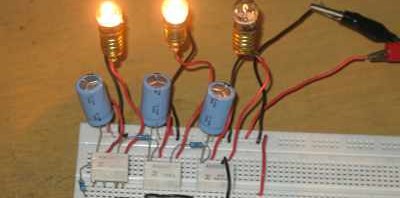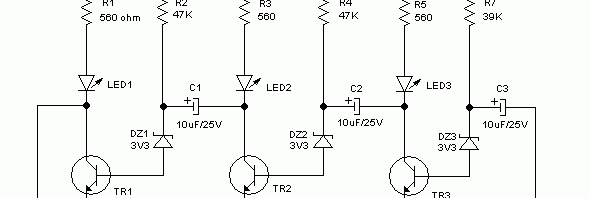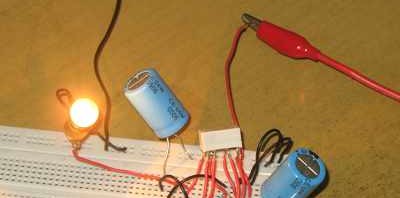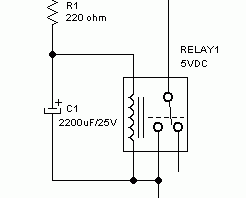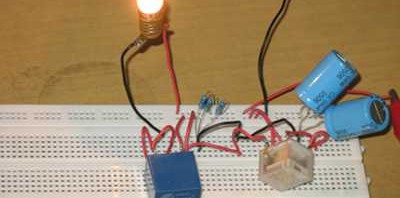Adjustable Frequency Flip-Flop Circuit Using Inverter Gate
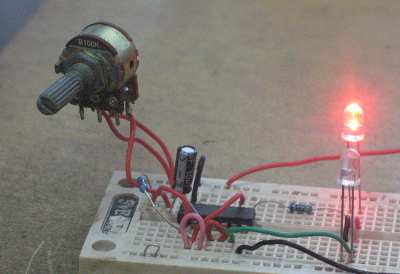
This flip-flop circuit uses one potentiometer and one capacitor as the frequency determining components. The assembled circuit is shown in the Figure 1, and the schematic diagram of the circuit is shown in the Figure 2. The circuit consists of one integrated circuit of inverter gates (4069 CMOS or 74C04), one electrolytic capacitor, two resistors, two LEDs, and one potentiometer. […]
Read more